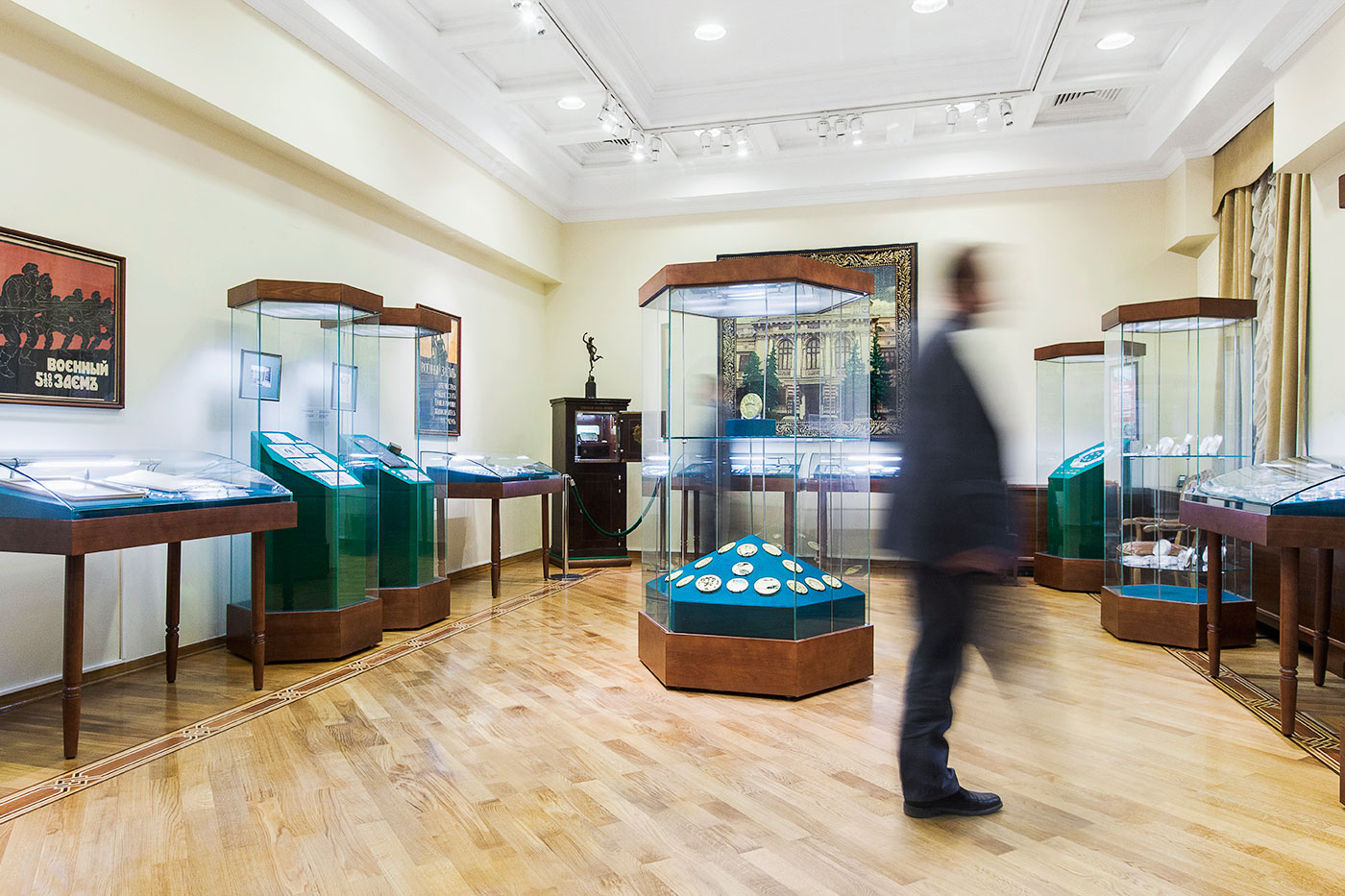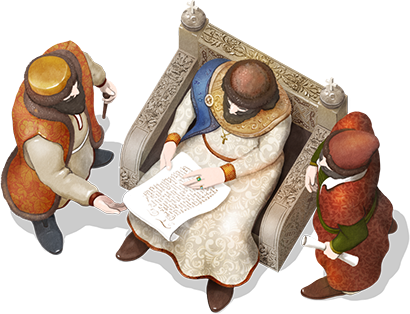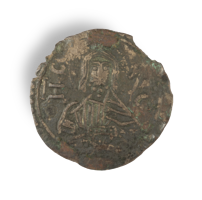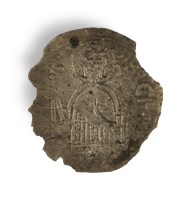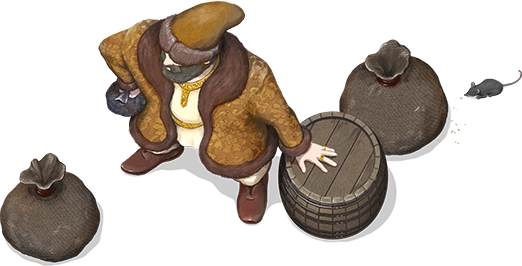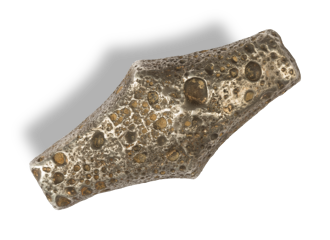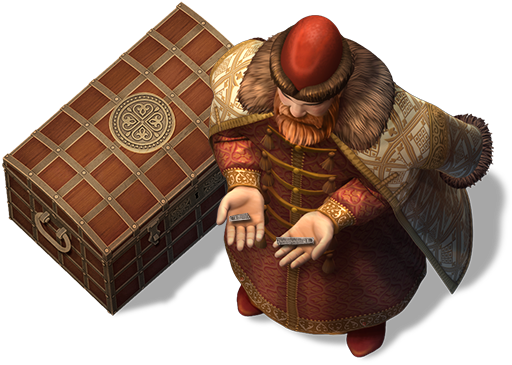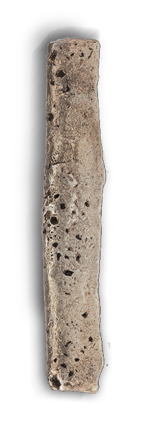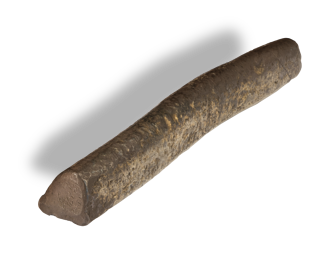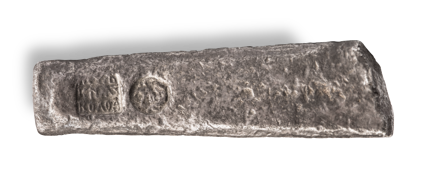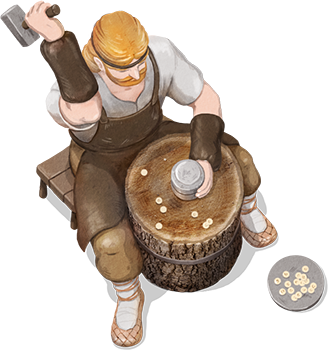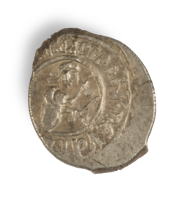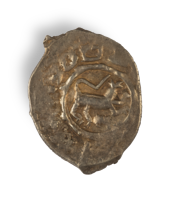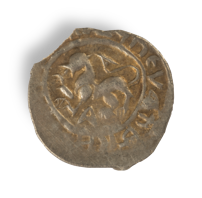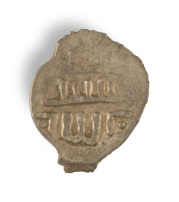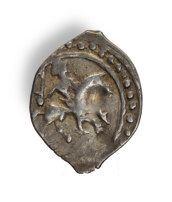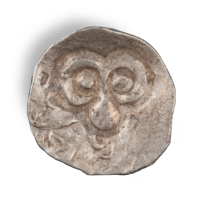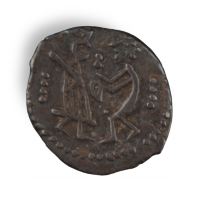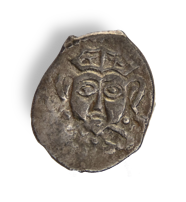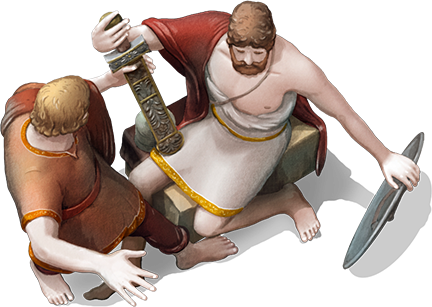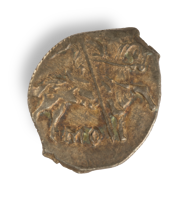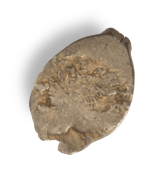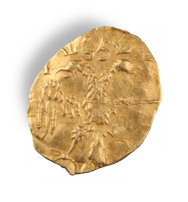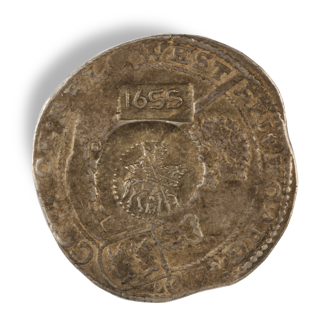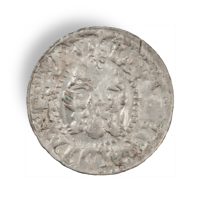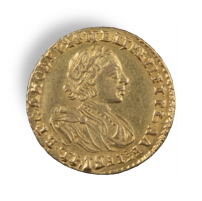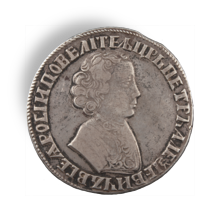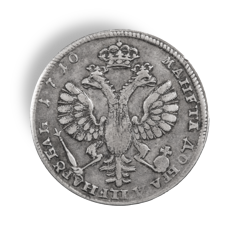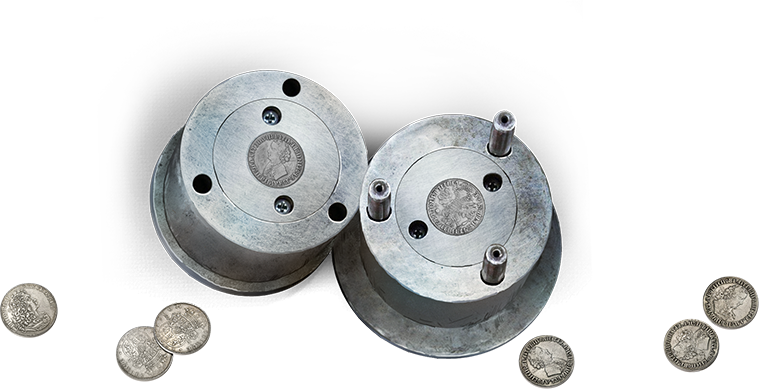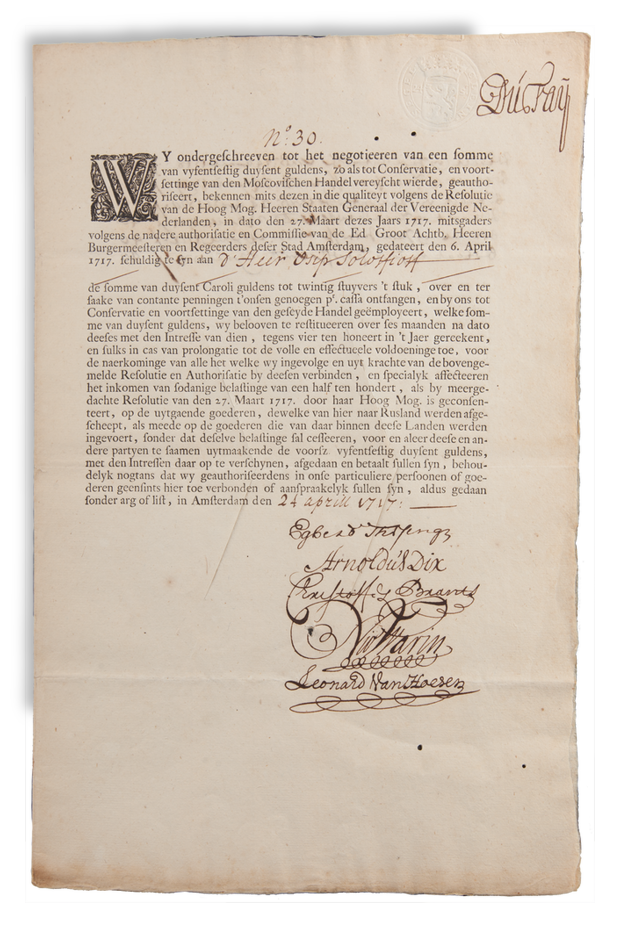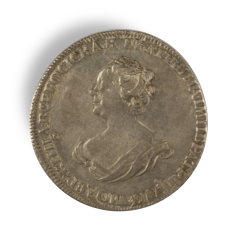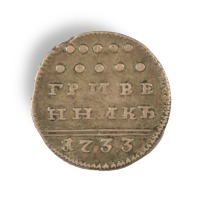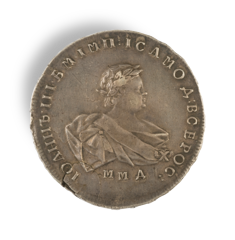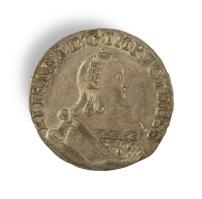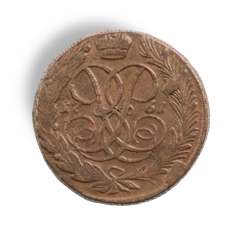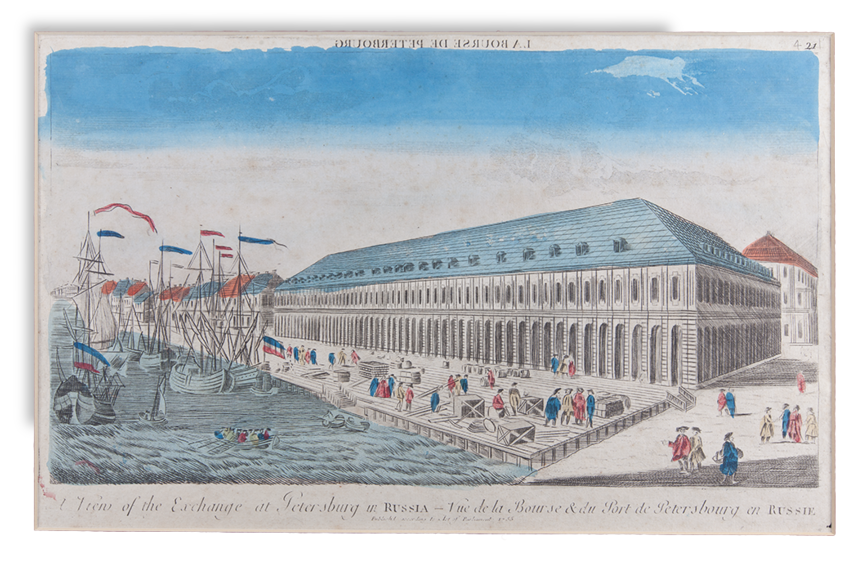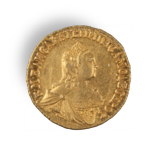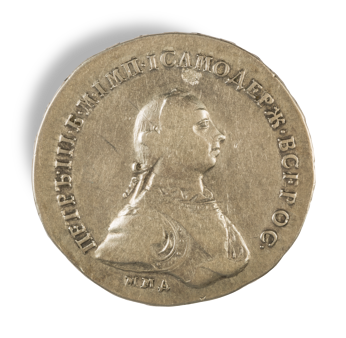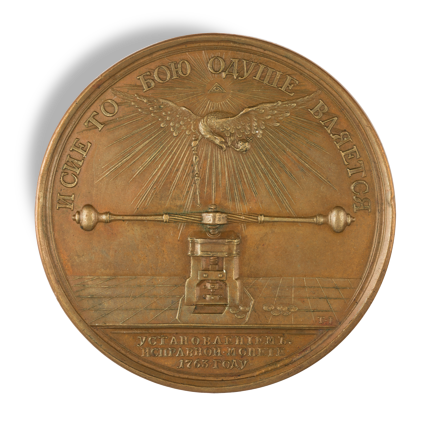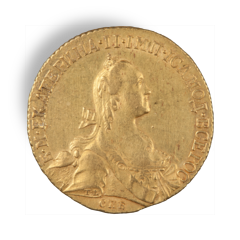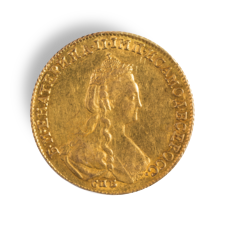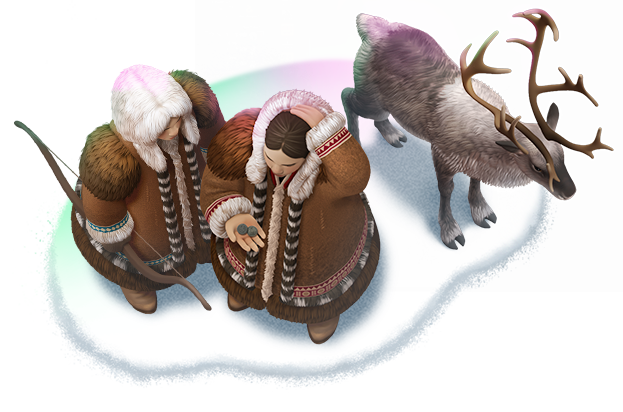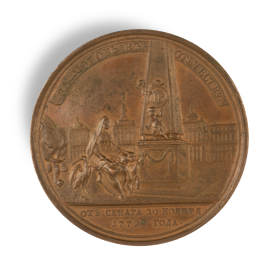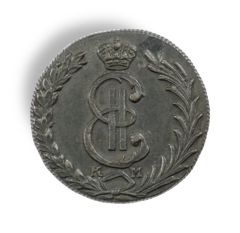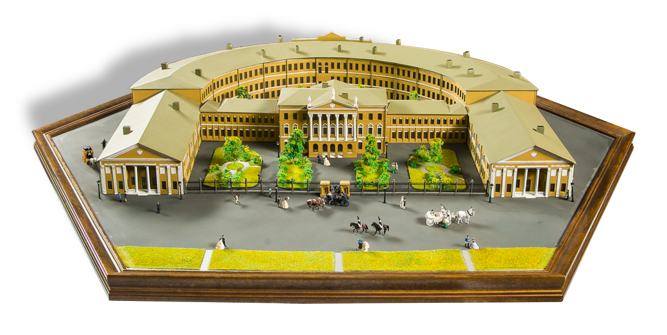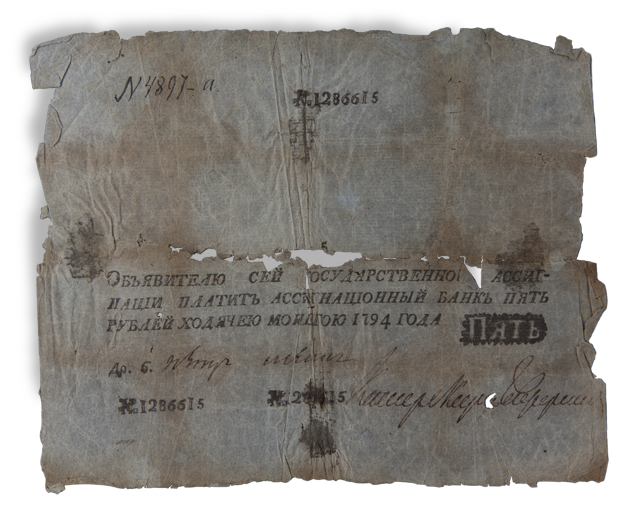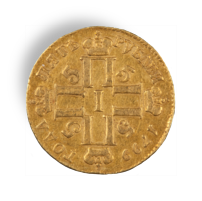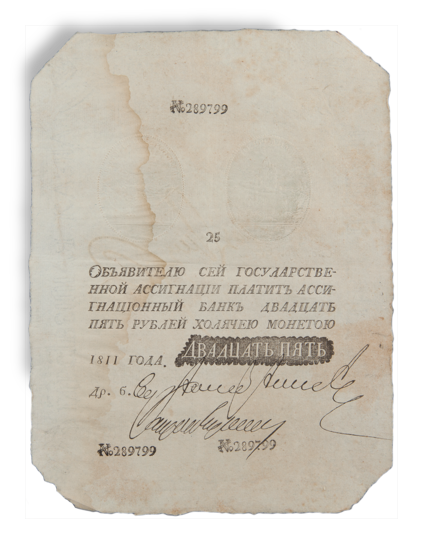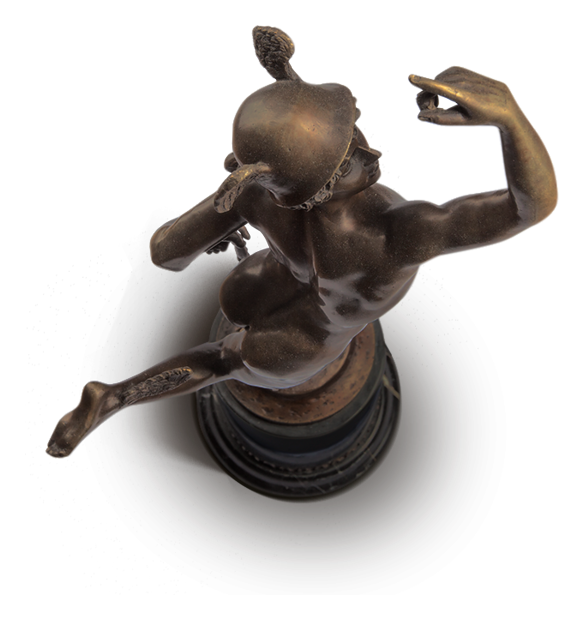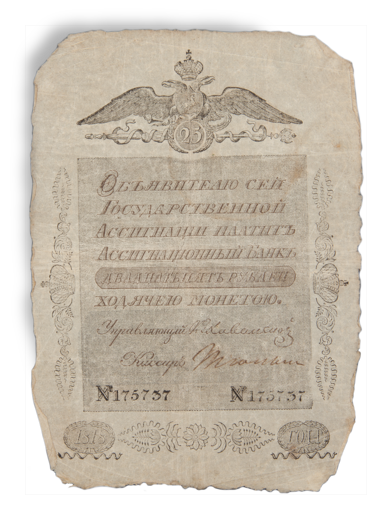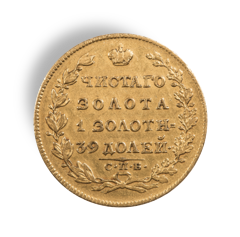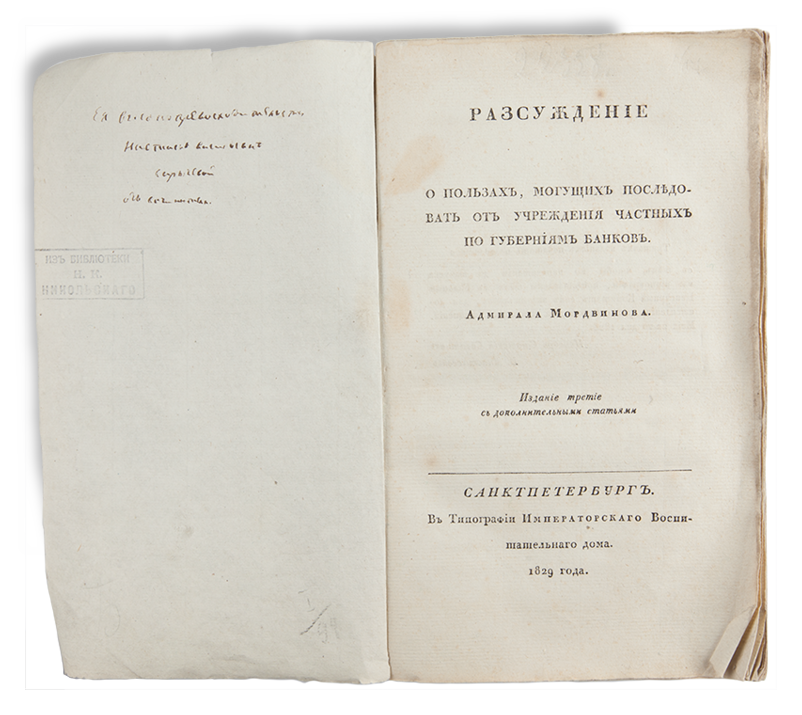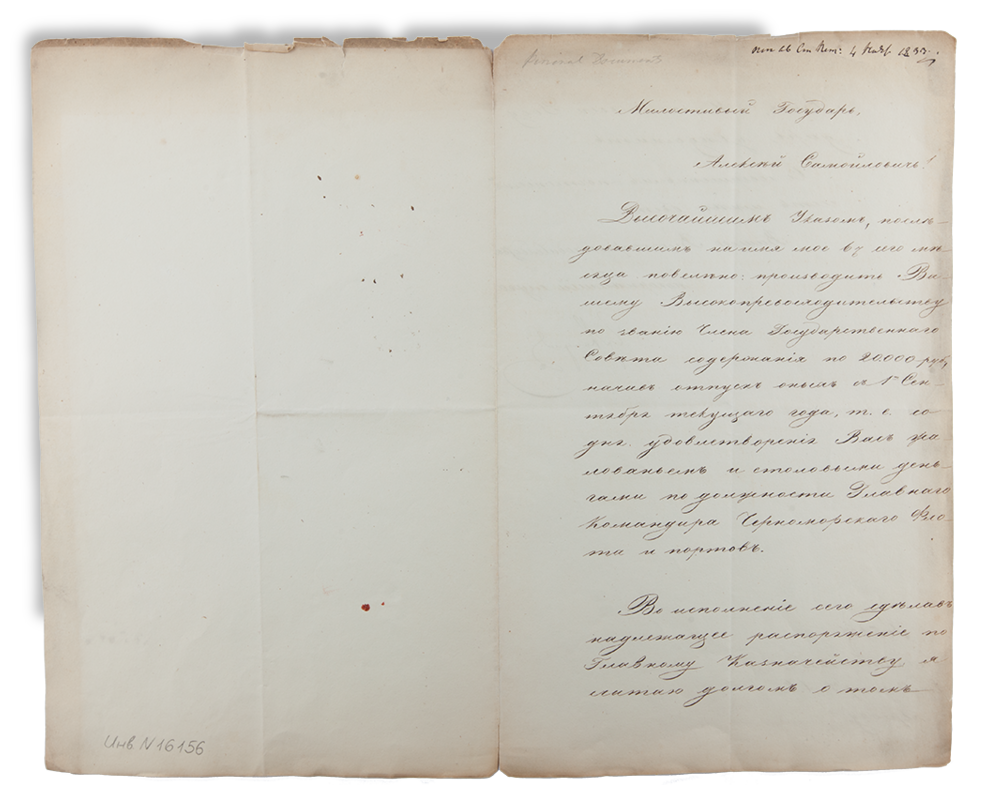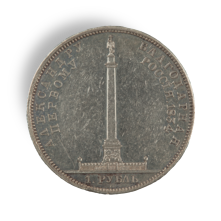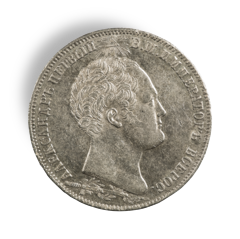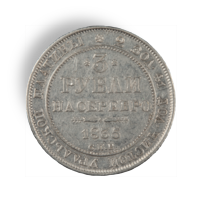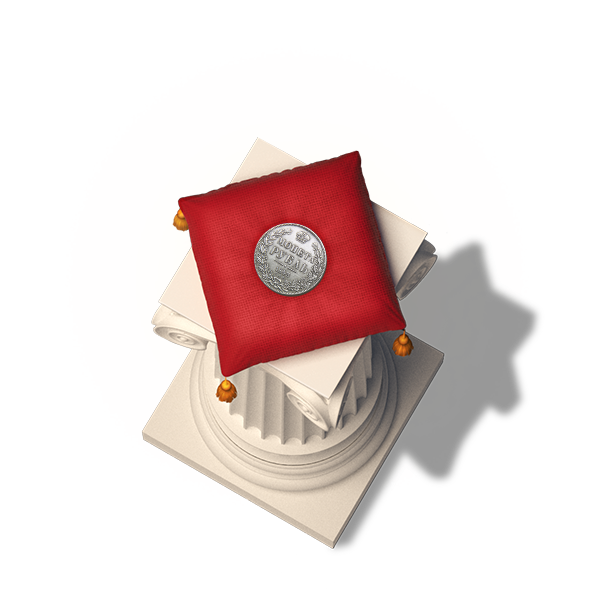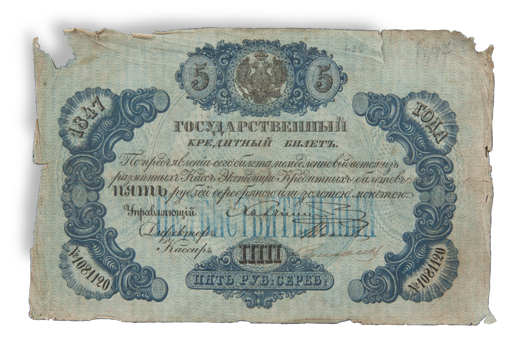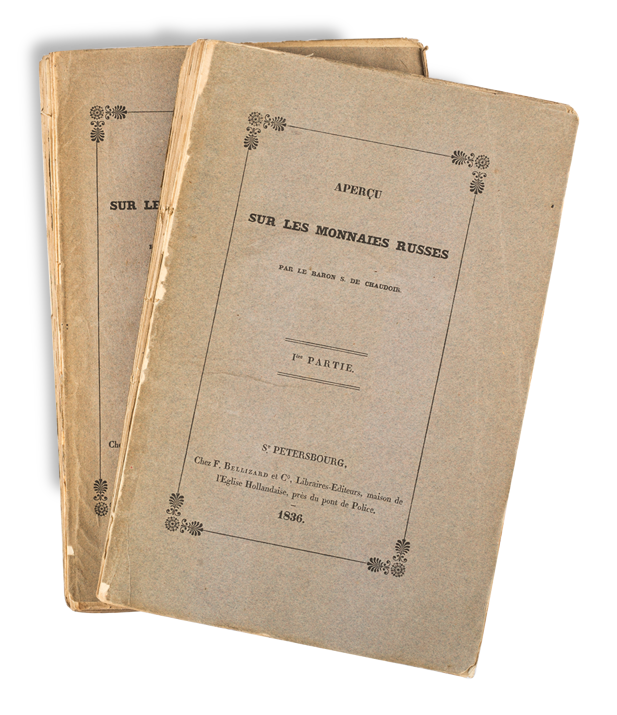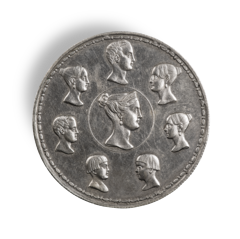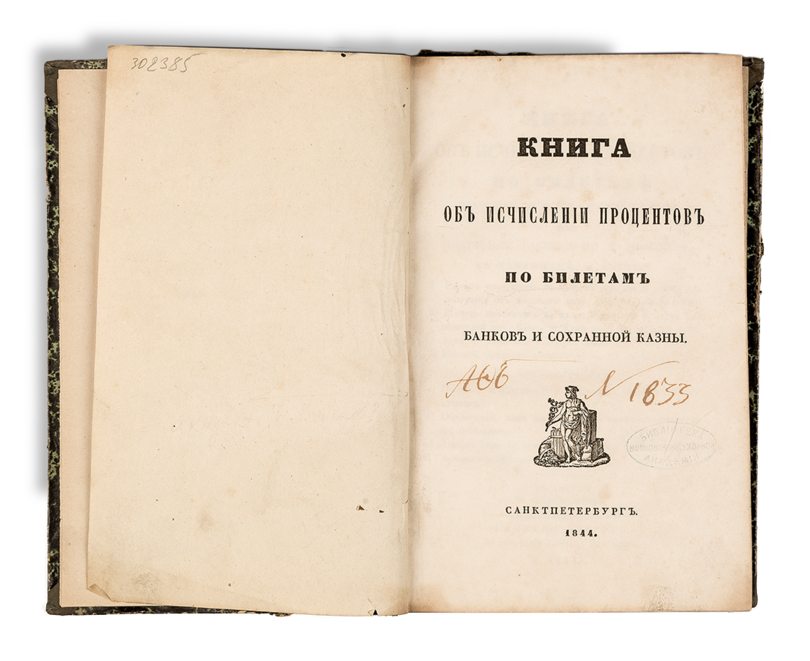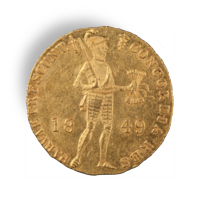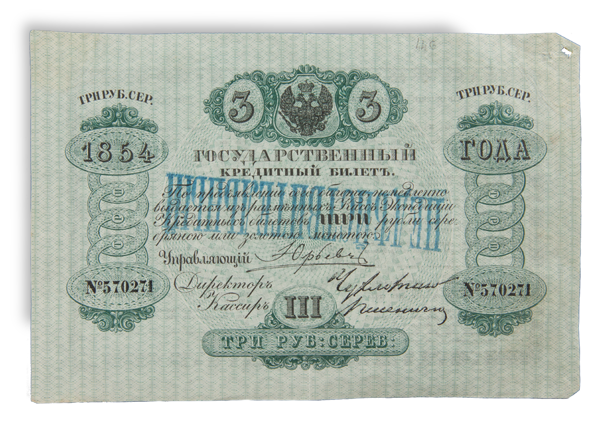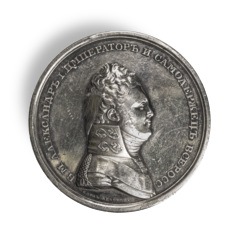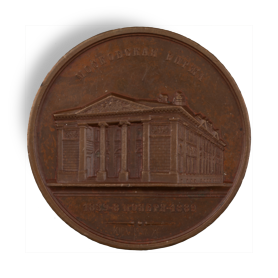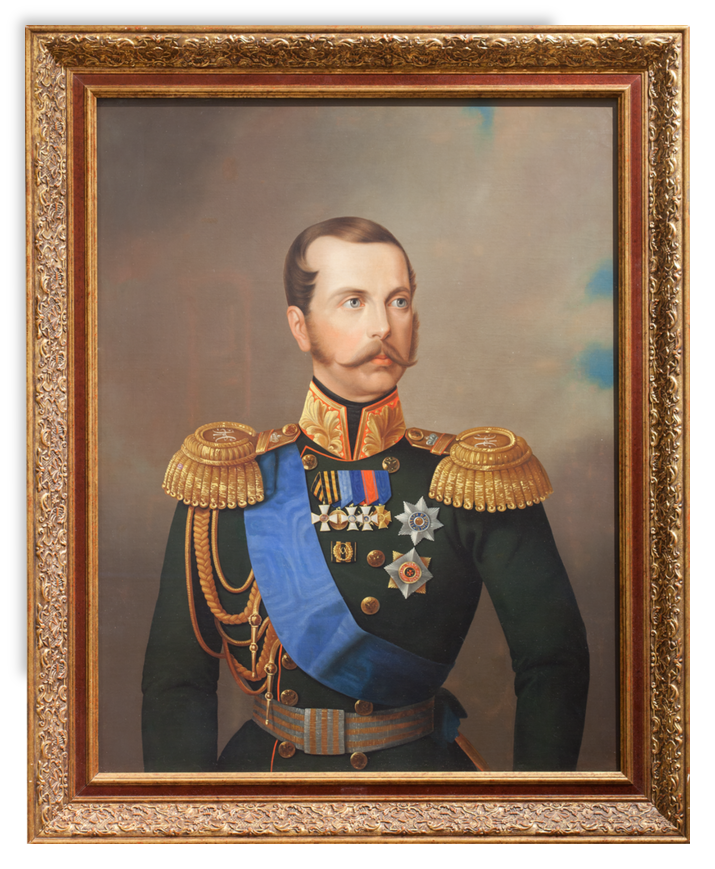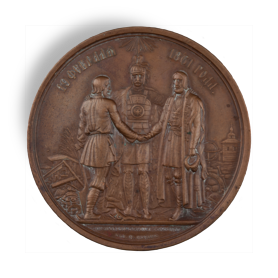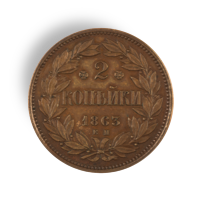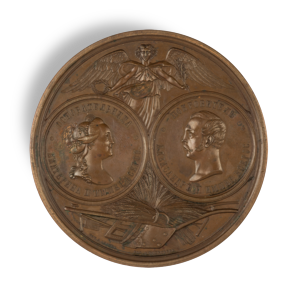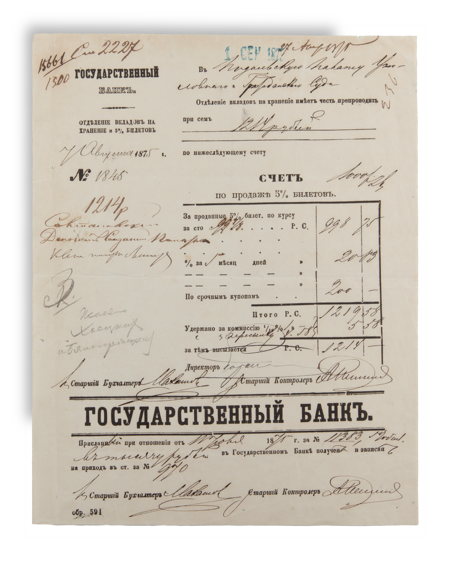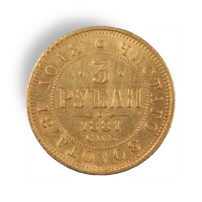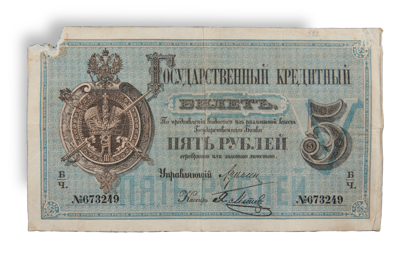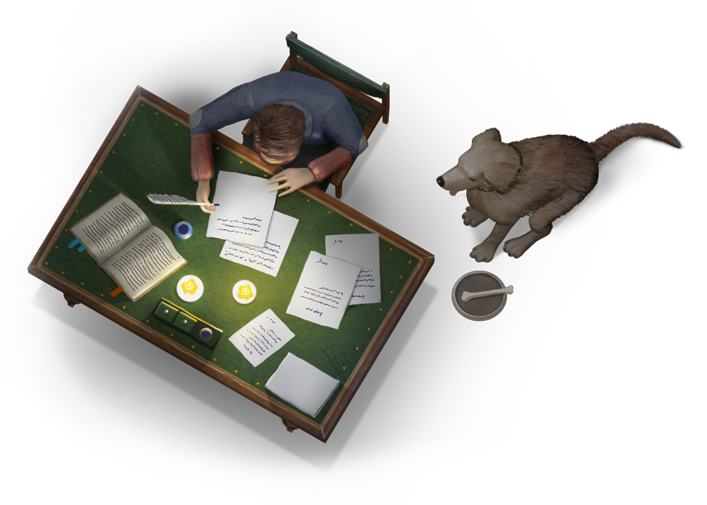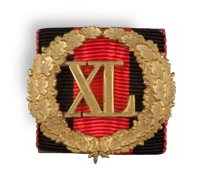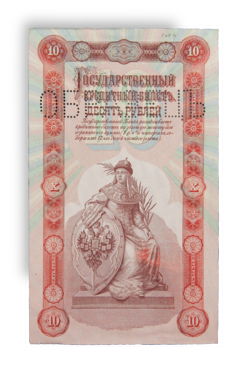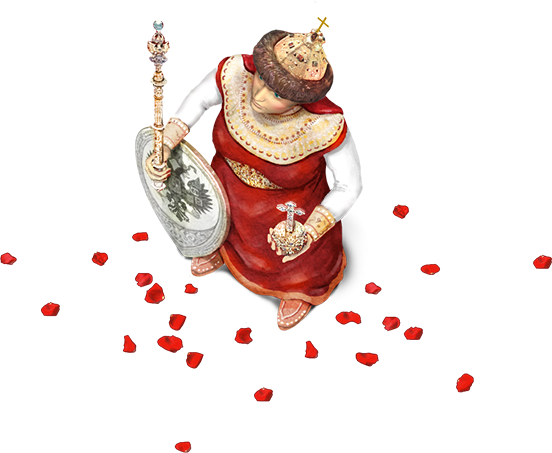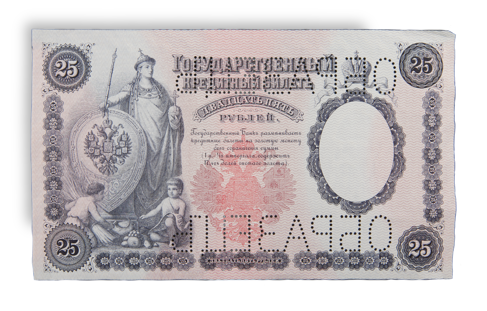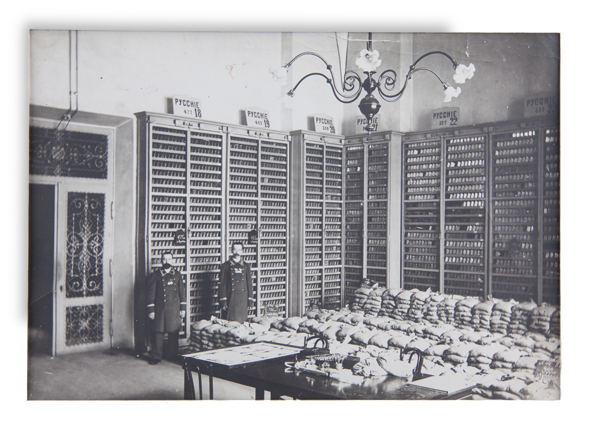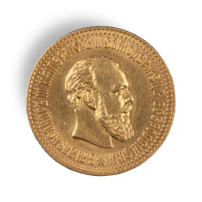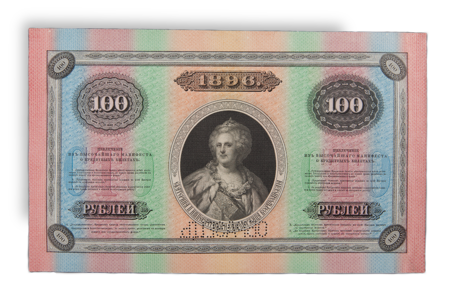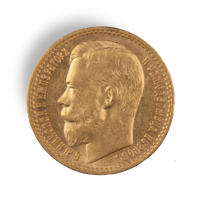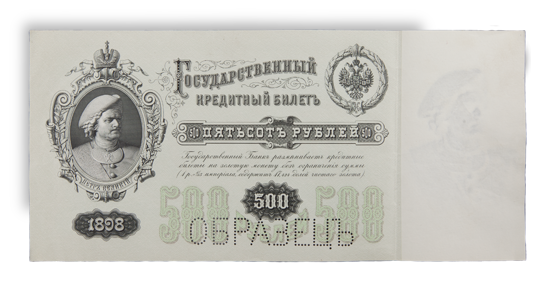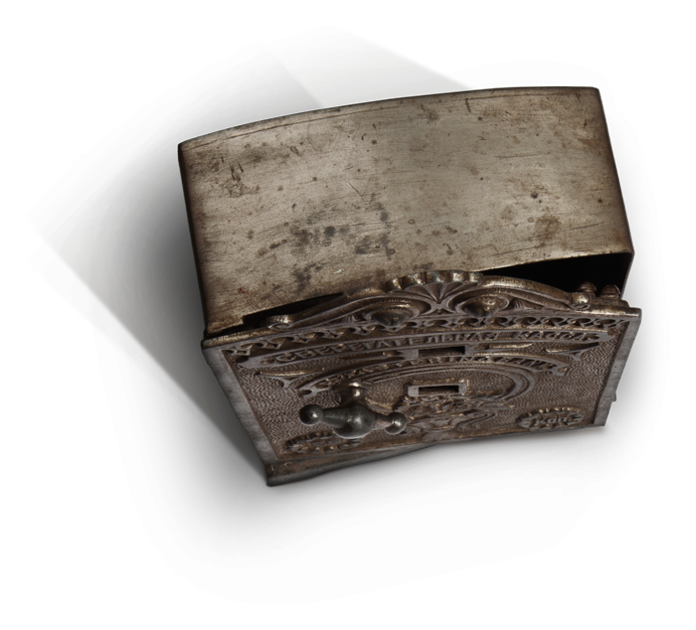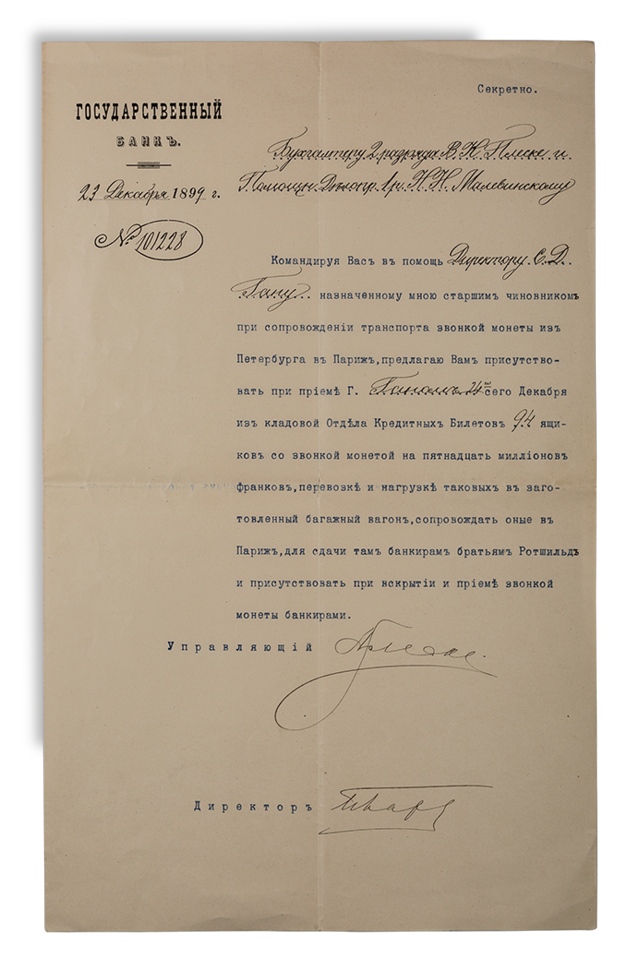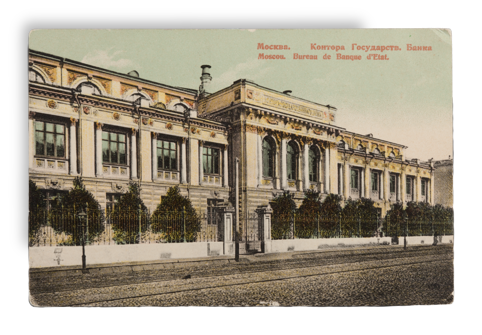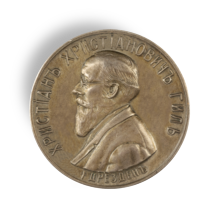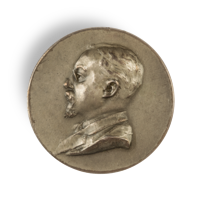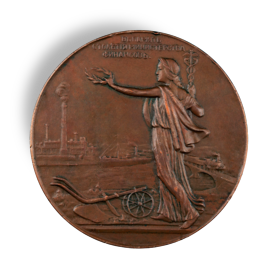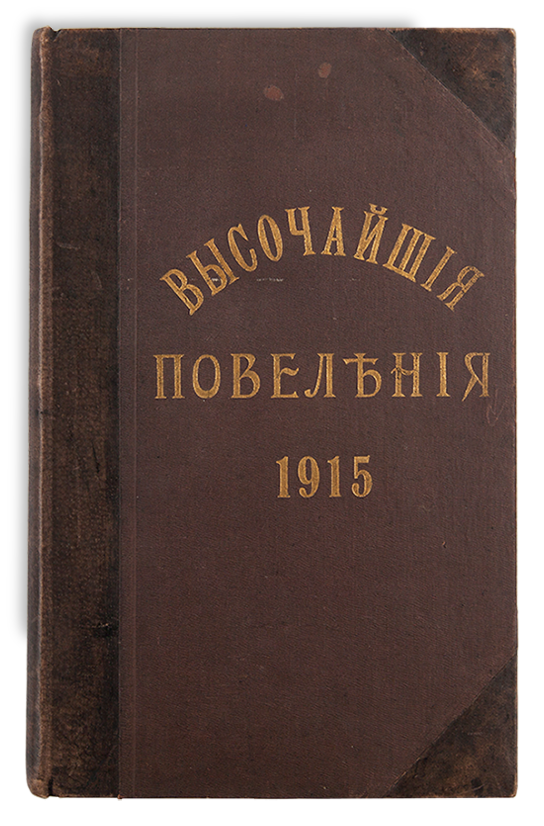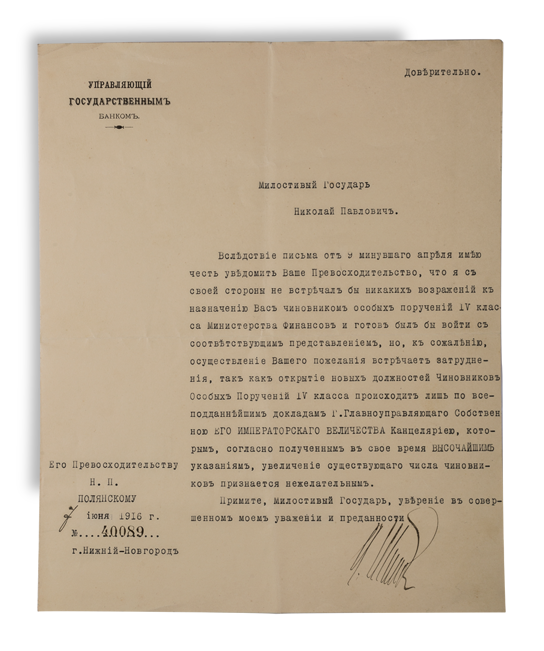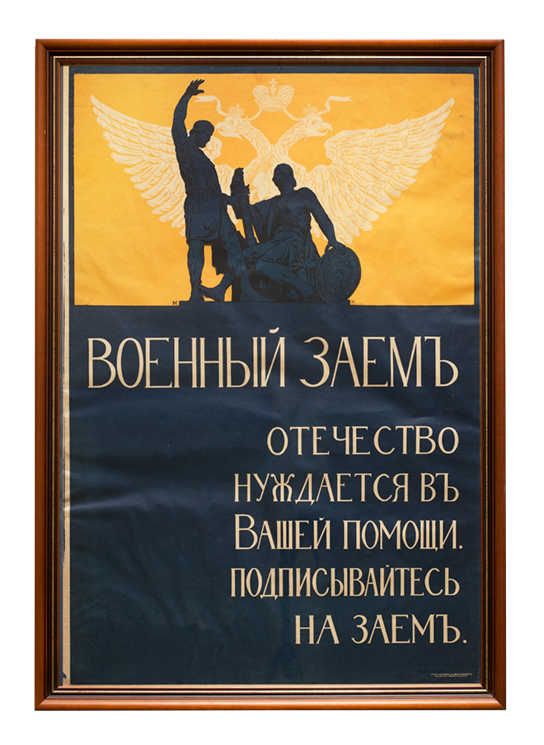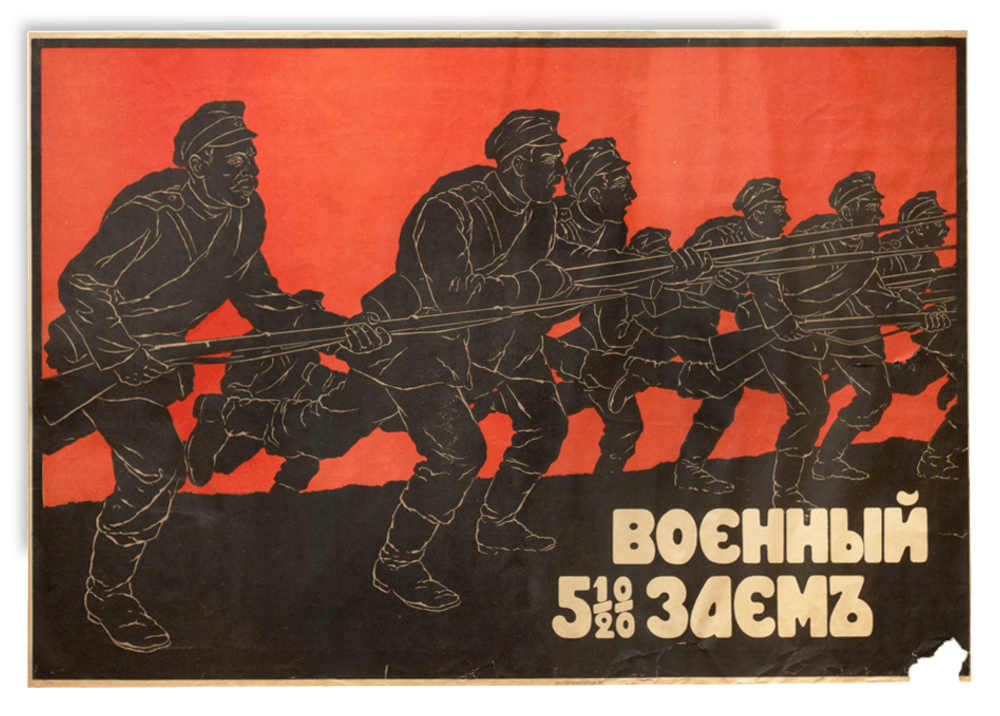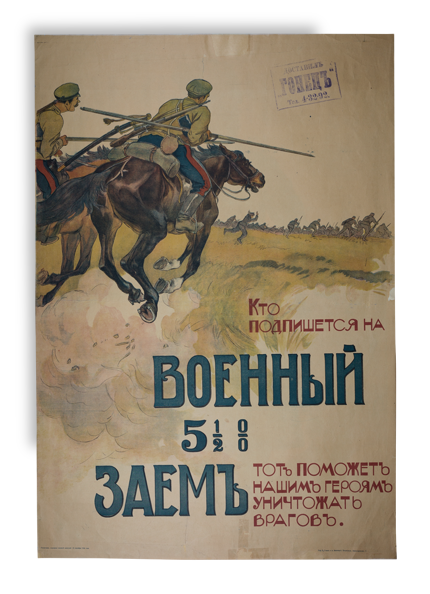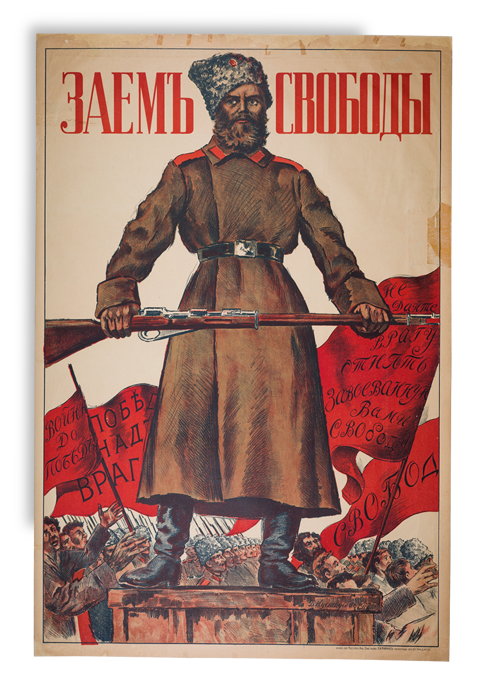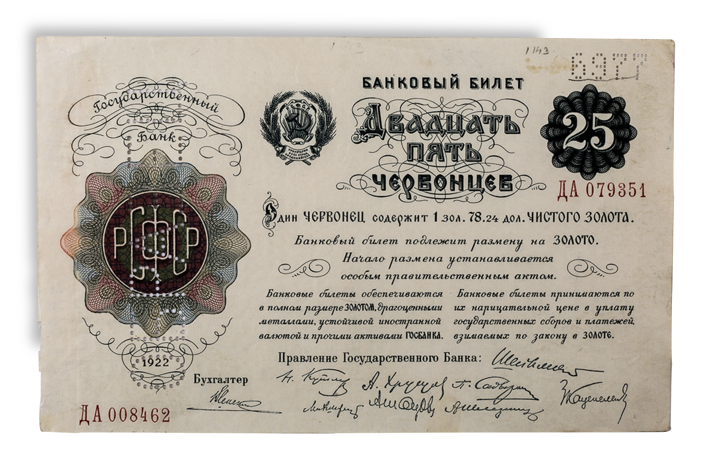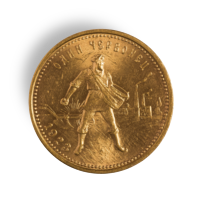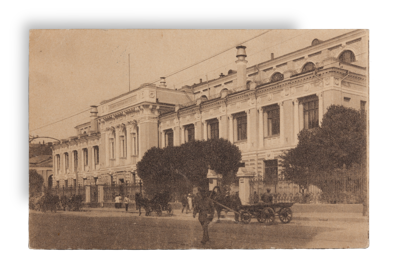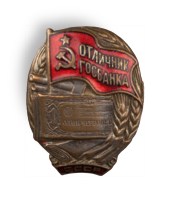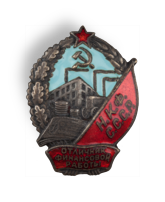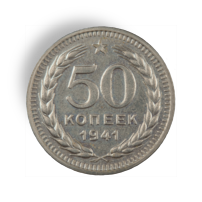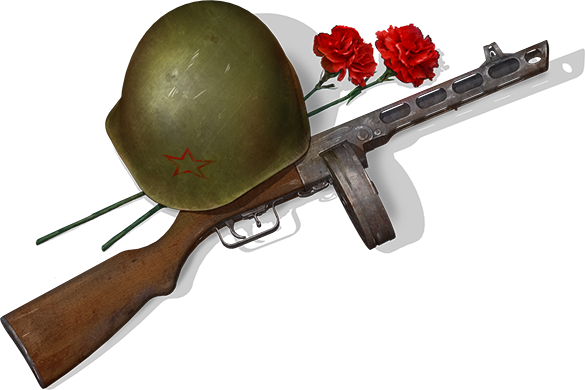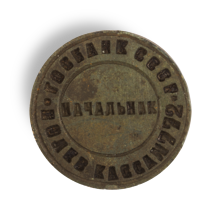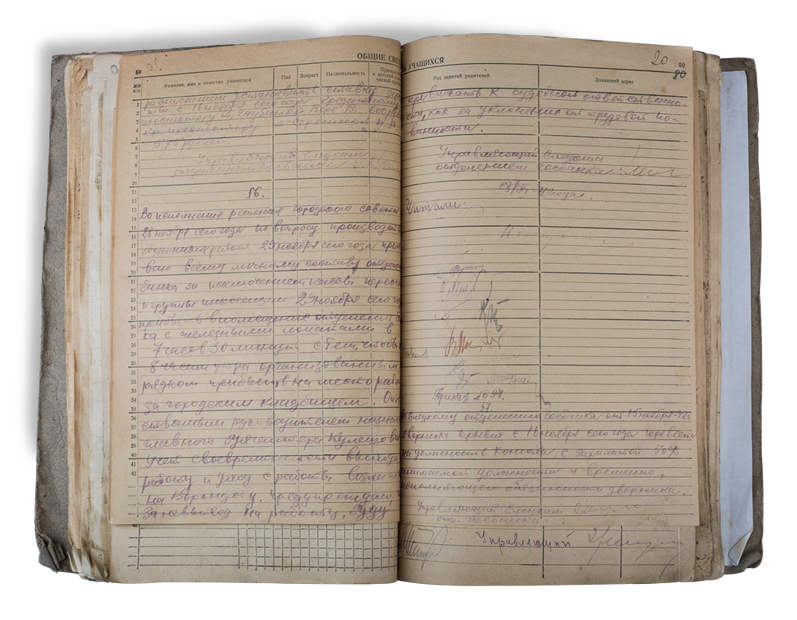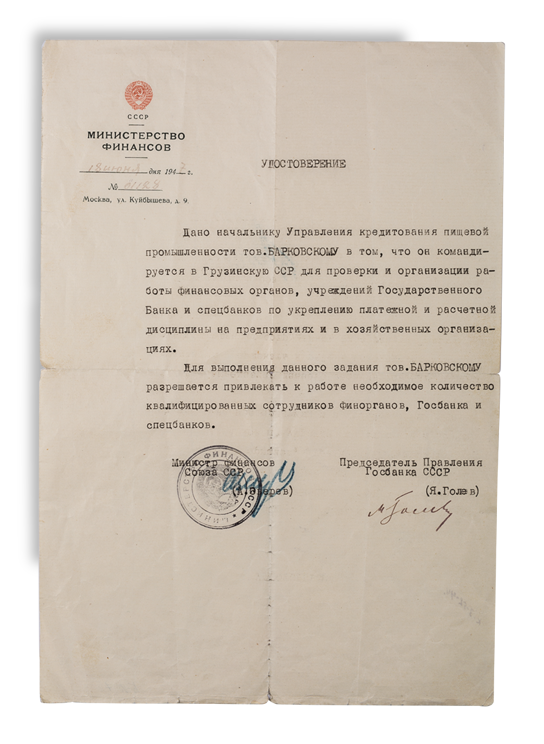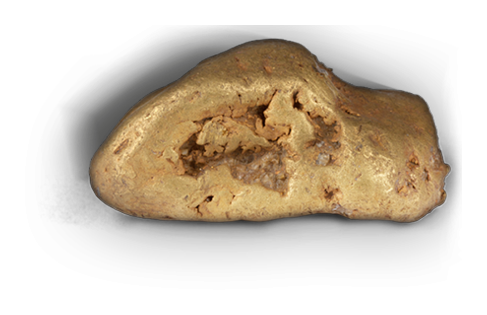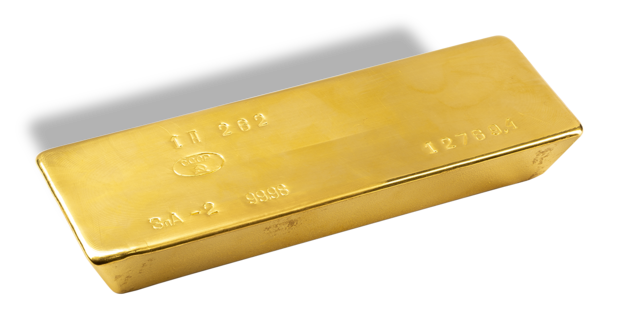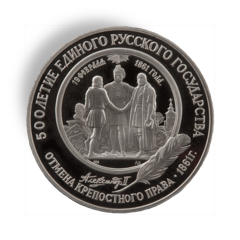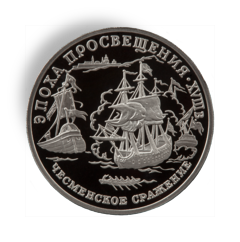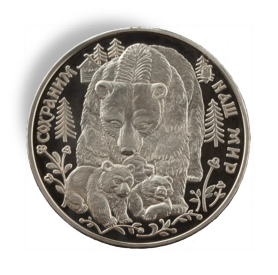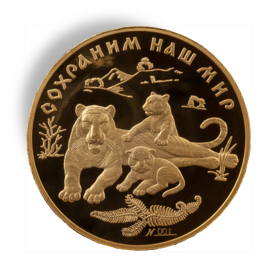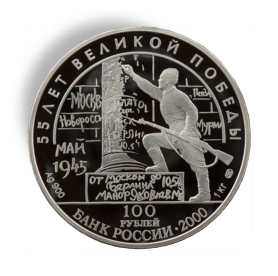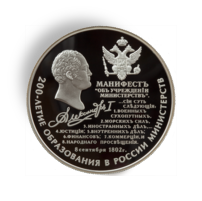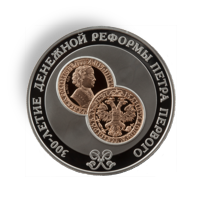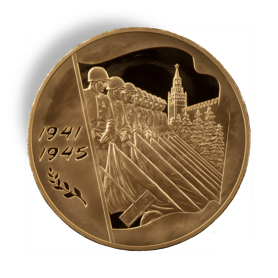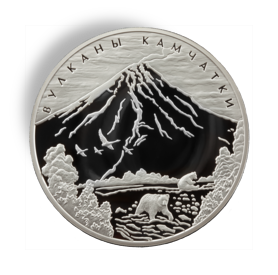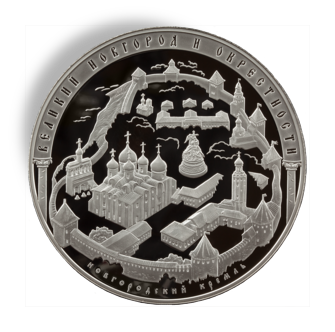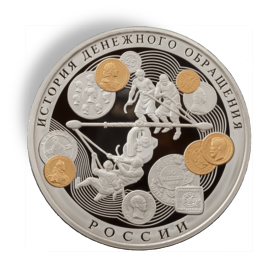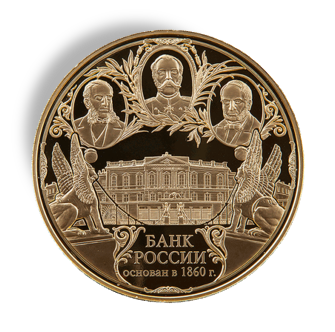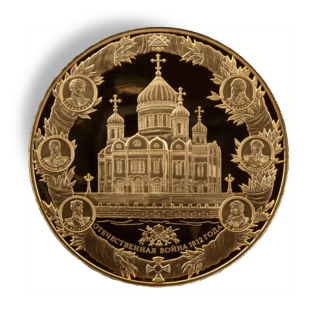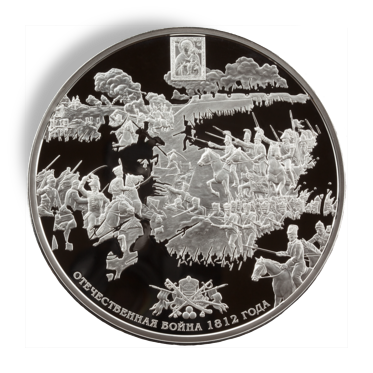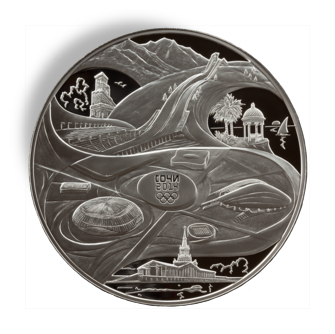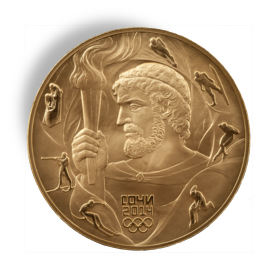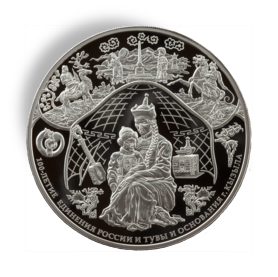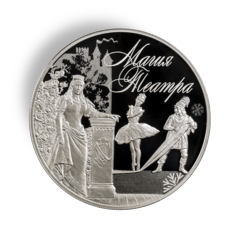Exhibit
Russian ruble:
milestones in history
On display are items providing an insight into how currency circulation and the banking system in Russia was established. Professionals, schoolchildren, students and everyone interested in banking and history are welcome.
© The Bank of Russia Museum, 2000–2019
12 Neglinnaya St., Moscow
About the museum and tours
Designed by
Art. Lebedev Studio
More information

The first Russian coins
The first Russian coins — which came to be known as ‘srebreniks’ — were made of silver and minted in the late 10th and early 11th century. They were harbingers of the birth of a rich and powerful state — Ancient Rus. They were also known as ‘kunas’ and ‘srebro’.

Coinless period
0:35
The Russian lands went through a coinless period between the 12th and 14th century. This period is unique to the history of European states, marking a return to trading with various forms of long-forgotten primitive money. These could be beads, distaffs, animal furs or other valuable objects.

From where the ruble went?
The word “ruble” is for the first time mentioned in the chronicle under 1316. In “notes” of the ancient inhabitants left on birch bark, this name meets even for fifteen-twenty years earlier. Rubles at first called the bars of silver which are chopped off since the ends, but soon — and the whole cast ingots of new weight standards.

The coins of Minin and Pozharsky’s militia
In Yaroslavl, the territorial militia, assembled by Kuzma Minin and Prince Dmitry Mikhailovich Pozharsky, launched coining for the Russian government (‘the government of the whole land’). The money was released on behalf of Feodor I of Russia, the last legitimate tsar of the Rurik dynasty. When, in October 1612, the militia drove the Poles from Moscow, these coins bearing this Tsar’s name continued to be issued in the Russian capital.

Peter the Great in Holland
Peter, accompanied by his entourage, arrived in Holland in 1697. He outran the ambassadorial carts and, skipping a scheduled stop in Amsterdam, set off for Zaandam, a small town famous for its dockyards. There, Peter took on the job of a lowly carpenter. He would spend his spare time surveying factories, mills and workshops. He would also meet with locals, especially those whose family members worked in Russia.
Peter the Great’s reform
1:26
By the late 17th century, the silver coin had emerged as the largest currency unit in circulation. Its small size made it difficult to handle, with every major transaction involving a long recount. An avid traveller, Peter the Great had become well-acquainted with advances in Europe, and saw the need to reform the monetary system. As part of these reforms between 1698-1718, Russia’s decimal currency system was established (with one ruble equalling 100 kopeks).

‘Thaler’ rubles
The first rubles — regularly minted coins — were released in 1704 as part of Peter the Great’s monetary reforms. They were made in Moscow, to the West European weight standard for the thaler. The original thaler coins coming into the treasury would often be used as raw material.

Coins from cannons
In the mid 18th century, coins were minted by recasting copper from old cannons. These coins were then used to make up the capital of one of the first banks in Russia — the Bank of Artillery and Engineer Corps; spearheaded by Field Marshal General Pyotr Ivanovich Shuvalov. Set up in 1760, the Bank was conceived as an institution funding the Artillery and Engineering School of St. Petersburg, which provided academic training to artillery and engineering troops.

“Coin Siberian”
The coin for Siberia was minted since 1763 from the Altai copper containing parts of gold and silver. Face values from half-ears to ten kopeks were other weight, than all-Russian. Thus the Siberian coin could address only in Siberia and in the Urals — in the European part of Russia payments were forbidden it.

First paper money
Russia’s first paper money was unveiled in late 1768. This money was called ‘assignatsii’, from the Latin ‘assignatio’ (literally, ‘assignment’). The Senate paid two kopeks a leaf for paper which could print large denominations (up to one hundred rubles). The release and distribution of the new money, as well as its exchange for coins, was assigned to authorised banks in St. Petersburg and Moscow, better known as assignation banks.

Napoleon’s forgery
Forged assignation rubles made their way into circulation even before the Patriotic War of 1812, on the orders of Napoleon I. The French emperor is thought to have personally monitored the use of this counterfeit money in Russia, the intention being to deceive the population and maintain his army.

“Firm money” of Nicholas I
Monetary reform of 1839-1843 following the results of which the “firm” ruble was entered was carried out to board of the emperor Nicholas I. This coin containing 18 g of pure silver was declared by the main instrument of payment. New notes — the state bank notes which replaced bank notes — for fifteen years were exchanged “for silver” face value.

‘Lobanchiki’
Between 1768 and 1867, forged gold coins akin to Dutch ducats were secretly coined in Russia at the St. Petersburg Mint, under the codename of ‘the famous coin’. The Russian Treasury would then use them in foreign trade settlements. From the late 19th century, ducats of Russian origin were increasingly prominent in Russia’s domestic currency circulation; they were known as ‘lobanchiki’, ‘arapchiki’, or ‘puchkovye’.
Moscow Exchange
0:56
Moscow’s Gostiny Dvor (an indoor market and shopping centre) initially hosted a ‘people’s exchange’ — a regular gathering for traders. In 1828, merchants approached Governor General Dmitry Golitsyn to request an official exchange to be built. The first exchange was built between 1836 and 1839 by the architect Mikhail Bykovsky.

Emancipation Reform
The emancipation of serfs that took place on 19 February 1861 proved to be the landmark event of 19th century Russia. To mark the emancipation, the famous Russian medallist and sculptor Fyodor Petrovich Tolstoy made a medal which depicted Emperor Alexander II wearing a helmet and a chainmail coat. He is placating a landlord and a peasant — former adversaries — who are shown shaking hands.

Distinguished service
In August 1827, the Badge of Distinguished Service was bestowed on civil servants and officers in recognition of 15 years or more of impeccable service (‘Acquired through labour and unwavering integrity’, the badge’s statute read). The badge was attached to the St. George Ribbon in the case of officers, and on the Vladimir ribbon for civil servants.

Mother Russia
Late 19th century banknotes allegorically depict Russia as a woman. Crowned with Monomakh’s Cap; she is also holding a sceptre and the attributes of empire. She would sometimes also be depicted with a palm — a symbol of victory and Christianity.
Witte’s reform
0:57
In the late 19th century, preparations were underway for a monetary reform to be implemented between 1895 and 1897. Finance minister Sergei Witte set out a plan to introduce a gold standard. The reform resulted in the emergence of a gold coin which was exchangeable for paper banknotes. According to decrees on the 3 January and 29 August 1897, the entire currency issue was concentrated in the State Bank, which acquired the privilege to issue the notes. The ruble’s gold parity was established at 0.77g of pure gold.


Collection and a golden standard
The 1895-1897 monetary reform led to the emergence of a golden standard in Russia’s currency circulation. Paper money could be freely exchanged for gold coins. The ‘yellow metal’ coins were transported both within the country and to other countries in the baggage cars of the state railways.

War Bond posters
No less a campaign slogan than ‘Sear the hearts of men with a poster’ (inspire people through posters) fits the 1916 War Bond posters, which the State Bank sponsored. They were the first illustrated posters to advertise state bonds (only text posters had been used prior to this). The posters called on people to contribute a portion of their savings to the cause of victory — ‘to crush all enemies’. Even countrymen in remote villages were willing to sign up to the state bond.

The State Bank of the USSR and the Great Patriotic War
The 1941-1945 Great Patriotic War was a game-changer in the national history. At the time, the State Bank of the USSR faced the toughest of challenges. It had to find resources to expand the funding of the military industry and agricultural sector — both assigned with military orders. Evacuated enterprises received financial aid and efforts were constantly made to meet the funding needs of the army and the wider country.

Gold nuggets
A gold nugget is a naturally occurring piece of gold often found in deposits or just above ground. The world’s largest gold nugget ever found is the Holtermann nugget, discovered in the Hill End Mine, New South Wales, Australia in 1872. The gold specimen was 144cm long and 66cm wide, weighing 285kg (of which pure gold was 93kg). The largest gold nugget in Russia (36.2kg) was discovered in the Urals in 1842.





































































































